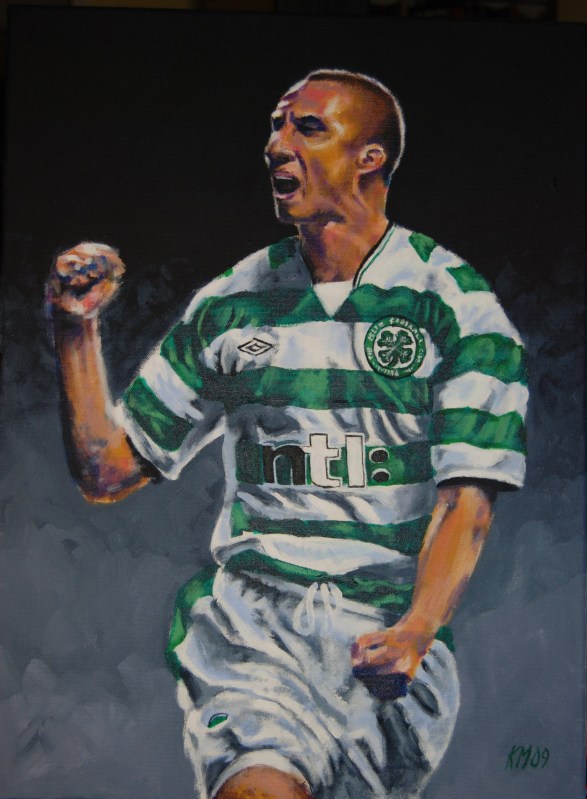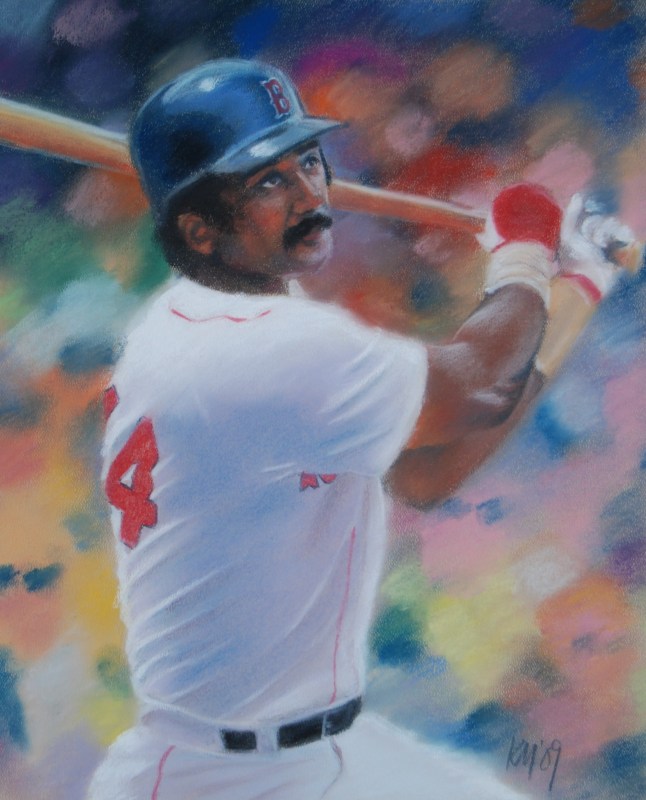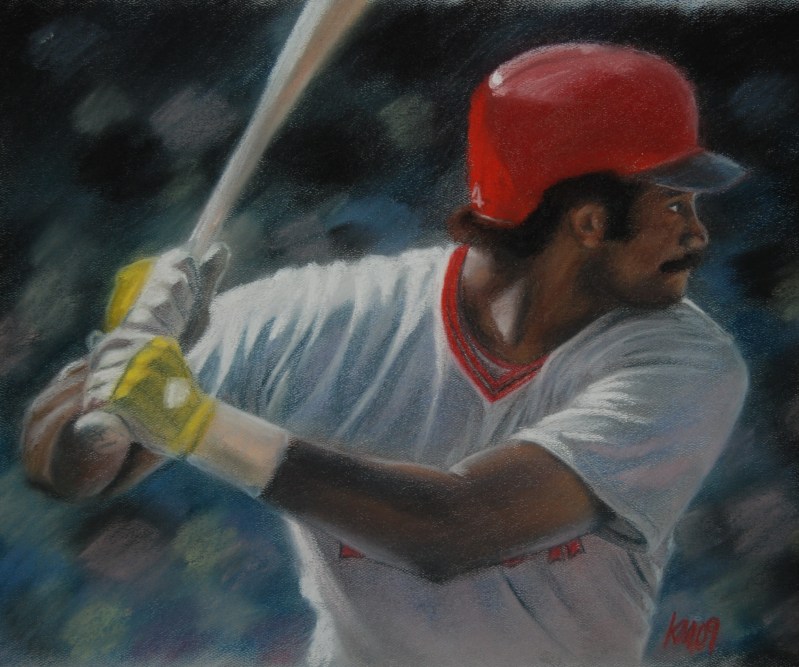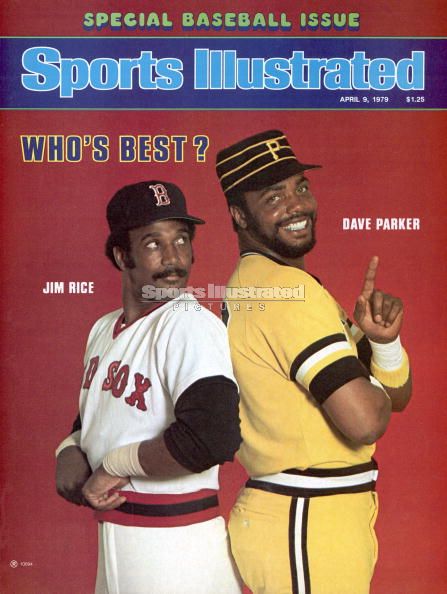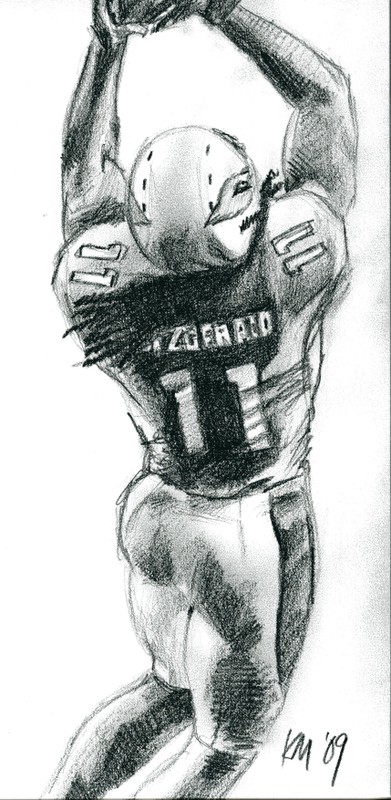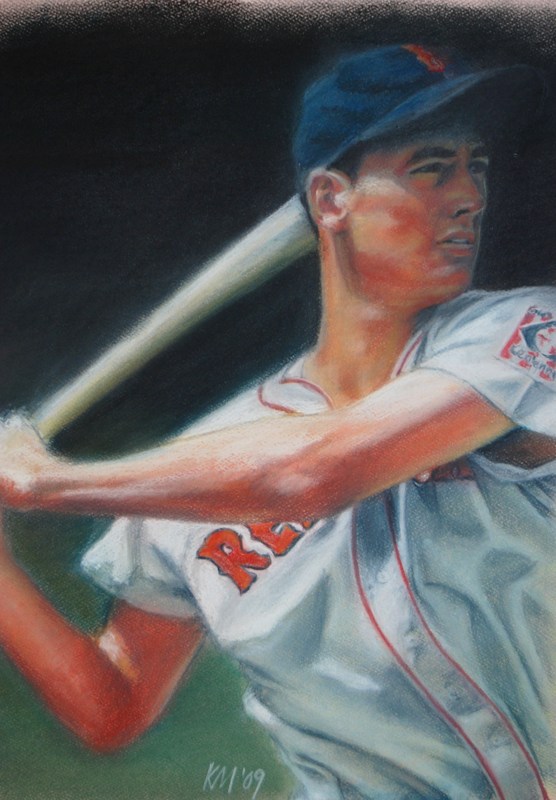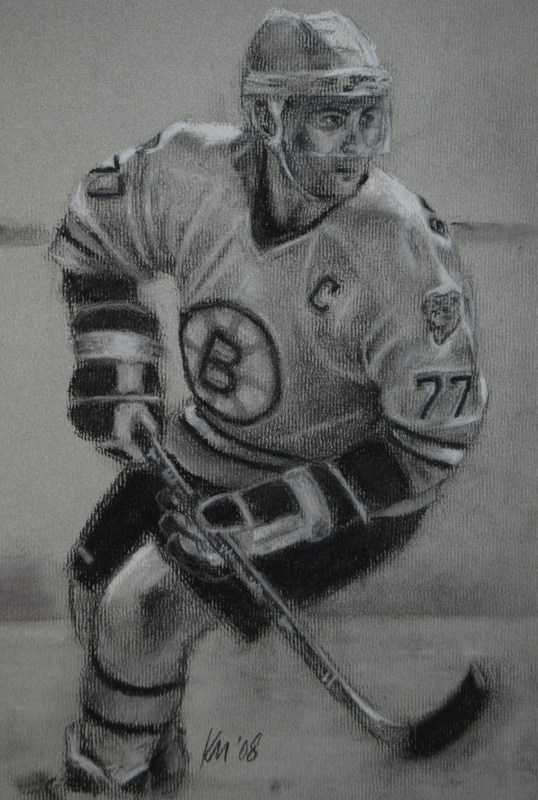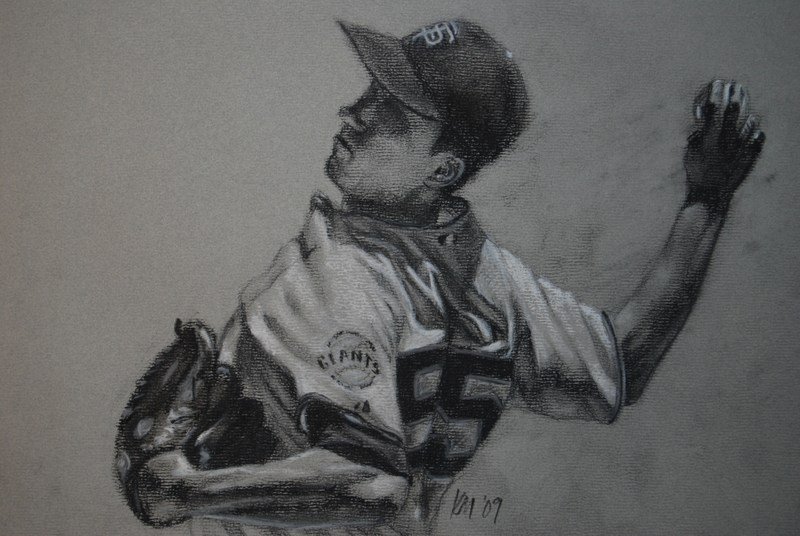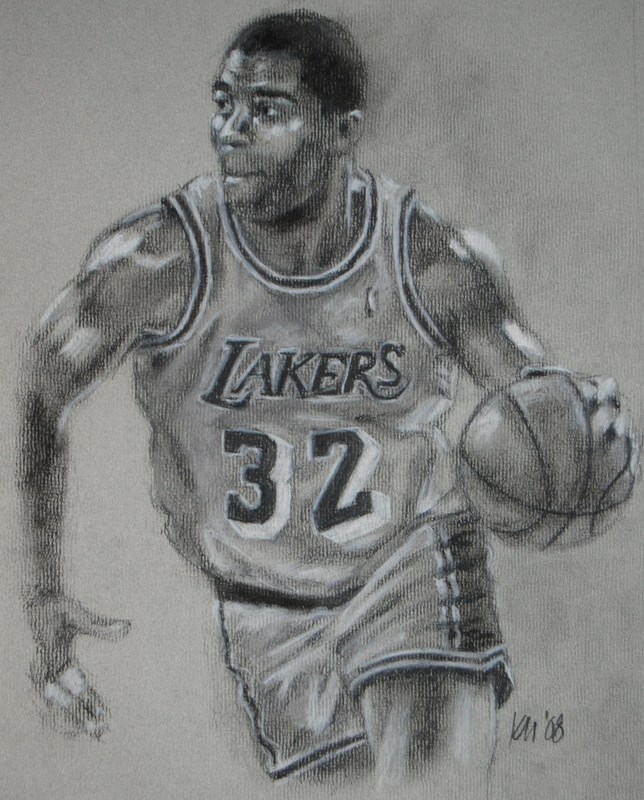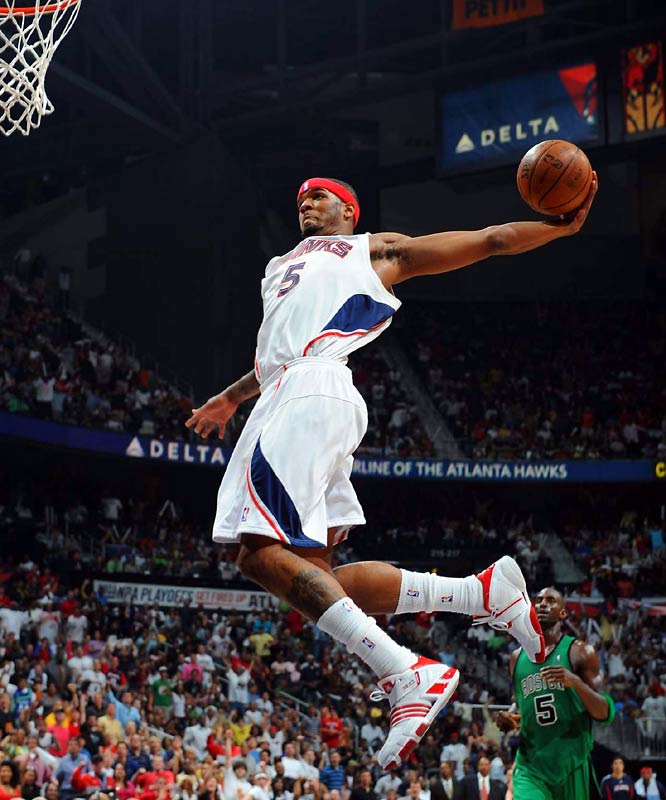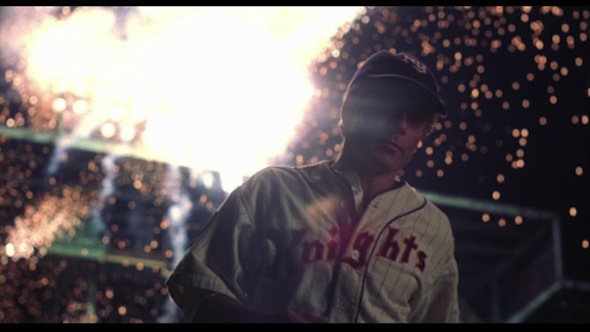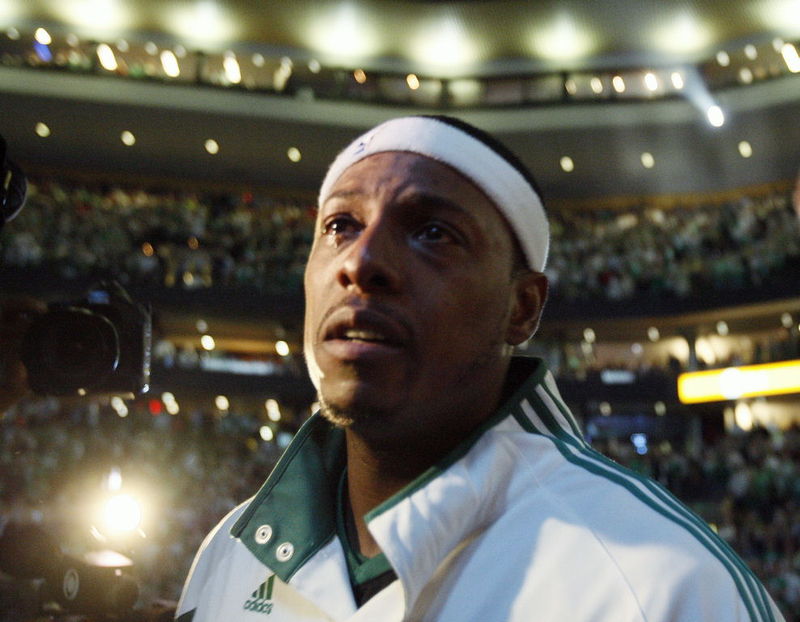It’s Just a Stupid Song
Shinedown. Shinedown, for Chrissakes.
I was assaulted by this song for most of last summer. You know, “Second Chance”.
I just saw Halley’s comet, she waved…
It felt like an unholy piece of corporate rock pap birthed by the union of Daughtry and Nickelback. The kind of song where you hit the seek button upon hearing that first recognizable strum of the guitar.
Whatever, I would tell myself. It’s just a stupid summer song.
But then I got a call at the end of August that my cousin had killed himself, the kind of shocking event that drops the floor from underneath your feet, but as you fall into that irreversible abyss you think about it and maybe you realize it wasn’t that much of a surprise at all. Not at all.
Then I’m on a plane to Phoenix to claim him, his brother flying across the country from Maryland to meet me, where we will converge and ponder the incongruity of us hugging in the desert. And the whole flight I was alternately trying to sleep or read so that I didn’t have to consider why I was on that plane in the first place, with this incomprehensible mission looming in front of me, secure in the knowledge that it was going to suck and that I had no idea what I was in for. Like, a Through the Looking Glass kind of suck.
And ultimately, I was right and then some: a few days later I’d end up behind the building of some bar in Arizona, crouching on red stone gravel under a few mesquite trees in the twilight, trying to yank a sob from my unyielding chest, unable to cry even though I wanted to. The tears would be my salvation, but I couldn’t conjure them.
And when I went back into the bar, red dust still on my heels, disgusted at myself for having failed at this simplest of tasks, I looked up at the rows and rows of TV screens. Someone had made a DVD slideshow of pictures of Danny, his kids, of him with his family and friends. They were on all of these TVs, 20 or so flat screens and one huge pulldown, and a buddy of his had put some musical accompaniment to it. The song that happened to be playing as I entered was the aforementioned “Second Chance”.
I just saw Halley’s Comet, she waved
Said, “Why you always running in place?”
Tell my mother
Tell my father…
And I crumbled. And I embraced that crumbling like it was the closest person I have ever known.
* * *
My son lurks. In a good way. He hangs around, he observes. He soaks up stuff, even things unsaid. If I’m on the computer, we shoot the breeze. Or I draw in my studio, he scribbles some stuff alongside me, asks some questions. I listen to music when I do these things, and I kind of assume he can’t even hear it, like it’s a language he doesn’t speak, even though he’s five years old and can tell me who sings “Don’t Worry Baby” or “Debaser”.
I was sitting in front of my drawing table today, looking at the blank space, a beer sweating on the shelf next to me, just kind of zoning out. Because the stereo was on, turned up loud, of course, since it was my basement studio and no one was going to object. It was Shinedown’s “Second Chance,” but I wasn’t really hearing it, I was thinking of red stone dust and a cousin who was my own age but no longer there.
My son kind of crept up to my side, which he is wont to do, and when I turned to look at him, he plainly asked, “Is this song special?”
I opened my mouth.
“Yes.”
